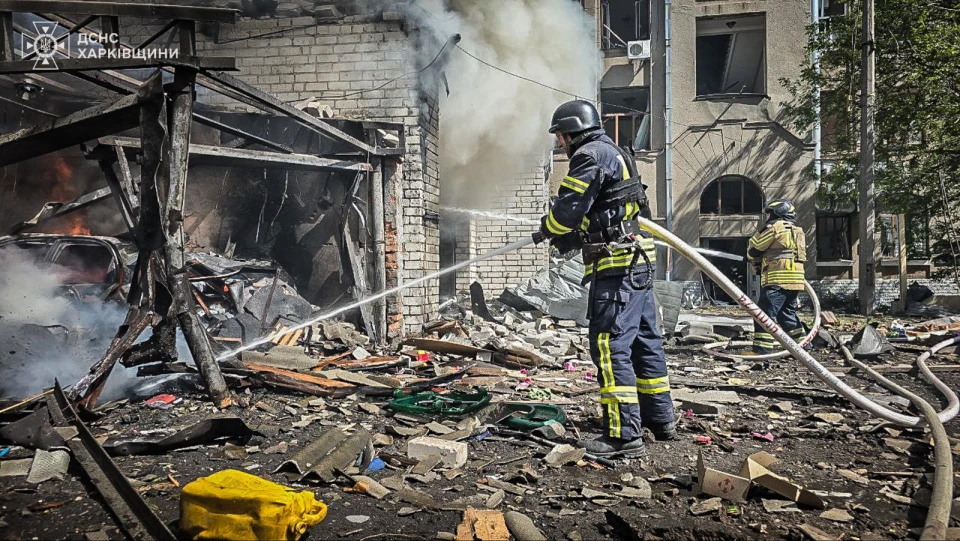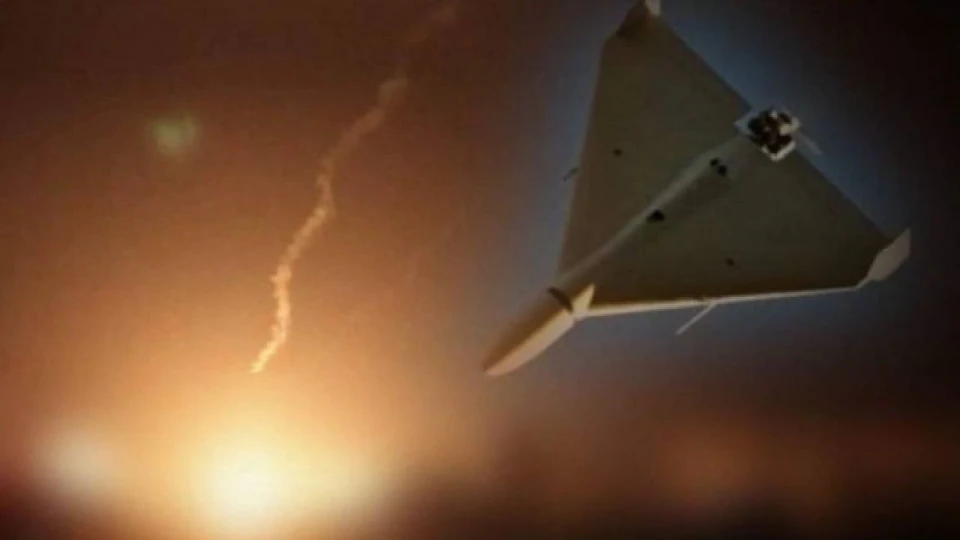
Russian missile attacks on Ukraine: what has changed in Russian terror in month?
April 2024 was no less intense than March in terms of Russian strikes on Ukraine's energy sector. Although there are some differences from the March attacks
The military analyst Oleksandr Kovalenko wrote in detail about this in a joint project of OBOZ.UA and the Information Resistance group.
Russian missile strikes on Ukraine
In April, the Russian forces continued the practice of regular, single missile attacks on Ukraine, as well as periodic massive ones.
As in March, the main components of single strikes were Kh-59/69 missiles, as well as 9M723/728 Iskander-M/KN-23 missiles.
In total, Russia used at least 54 Kh-59/69 missiles in April, of which at least 37 were shot down.
They also launched at least 27 Iskander missiles, most of which were not intercepted due to the lack of adequate air defense systems to counter ballistic missiles in the regions where these missiles were launched.
Kharkiv, Odesa, and Dnipro regions suffered the most from the strikes. Zaporizhzhia, Mykolaiv, and Sumy regions were also frequently hit.

As can be seen from the effectiveness of intercepts of single targets, Kh-59/69 missiles do not have a high efficiency of breaking through existing air defenses, but the 9M723/728 Iskander-M/KN-23 missiles have a high efficiency, which is why they are the most common means of effective terror.
The frequency of the strikes was kept within a week, which allowed Russia not only to further investigate the effectiveness of the raids, but also to replenish the stockpiles of the same Kh-101/555 missiles.
Particularly noteworthy is the fact that Kh-59/69 missiles are becoming an integral part of the strikes, which was virtually non-existent before.
In addition, after a rather long break, Russia has begun to use Kalibr sea-launched cruise missiles more frequently, including not individually, but with a full launch package of 8 units.
In general, as in March, the Russian forces used missiles with complex trajectories mainly in those regions of Ukraine that do not have any means of countering them.
Shahed-131/136
April did not become a record month for the number of 'kamikaze' drones used, as was the case in December 2023, when Russia used 625 Shahed-131/136, or in March 2024 - 603 units.

According to official data and open sources, Russian troops used 292 'kamikaze' drones in April, of which 259 were shot down.
This may be due to the fact that in April, Iran launched a massive combined strike against Israel, which included Shaheds.
This confirms that Russia continues to be highly dependent on supplies from Iran and is unable to produce the amount of Shahed-131/136 on its own that would satisfy it for regular terror of Ukraine.
Conclusions
In April, Russia continued its attacks on Ukraine's energy sector, albeit with fewer missiles than in March. However, the strikes were no less effective, as Russian forces use missiles with complex trajectories to intercept them in regions where there are no air defenses to counter them.
The return of the Kalibr missile to the strike nomenclature suggests that Russia risks its ships to intensify raids given the lack of Kh-101/555. The Kh-59/69 is also performing this task. The unpleasant thing is that the Kalibr missile system has been stockpiled several times more than the Kh-101/555.
Obviously, in May, the Russian occupation forces will continue the practice of combined missile strikes, and it is possible that Shahed-131/136 raids will intensify. In addition, there are several fetish dates in May on which the Russian occupation forces may commit terrorist acts. These are the trigger date for Odesa on May 2, Putin's inauguration on May 7, and May 9 in general. The risk of missile attacks is expected to be highest on these days.
- News













































